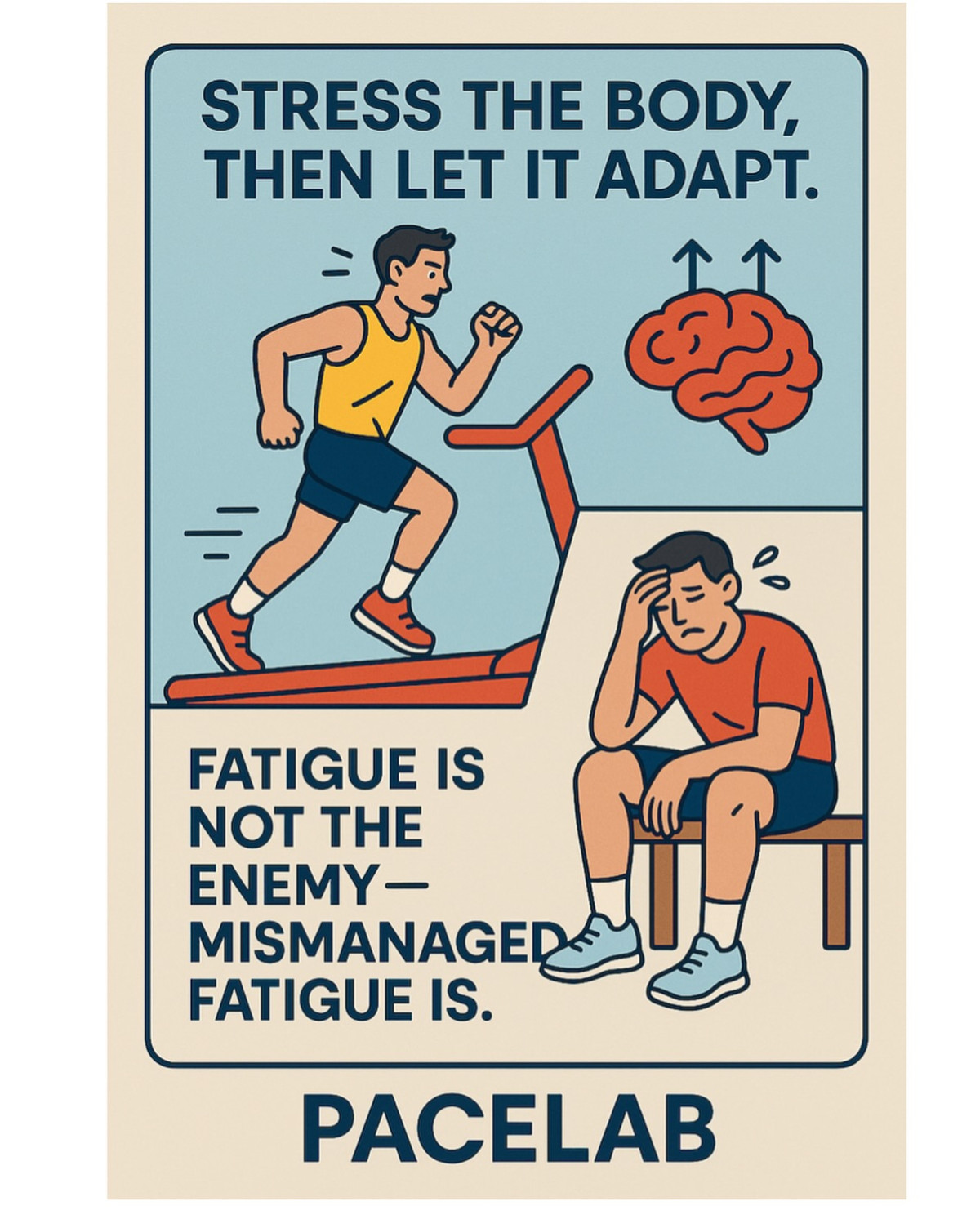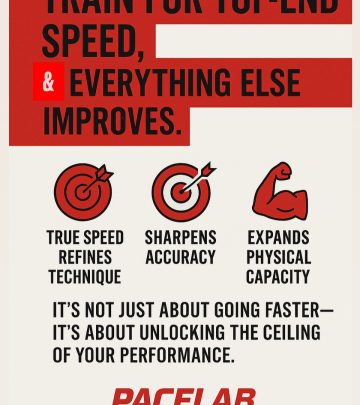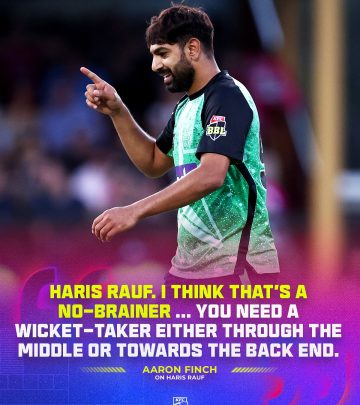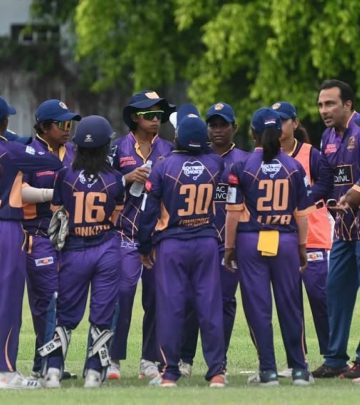PaceLab Training: Planned Overreaching Boosts Bowling Speed
Balancing Volume and Intensity, this method maps fatigue to unlock explosive bowling speed.

Image: Instagram
The innovative PaceLab training system is turning conventional fast bowling training on its head. Developed by Steffan Jones and his team, the method uses planned overreaching to harness fatigue, building tolerance and ultimately unlocking explosive speed. By balancing volume and intensity, this system provides a data-driven, adaptive framework that challenges traditional approaches to fast bowling conditioning.
Alternate Two Core Phases
At the heart of the PaceLab system is the concept of alternating between two core phases. In place of conventional training that treats fatigue as a byproduct to avoid, PaceLab intentionally designs sessions that plan fatigue into the workflow. This dual-phased model — accumulation and intensification — creates a systematic progression that builds the bowler’s capacity while sharpening their peak performance.
Accumulation (planned Overreaching)
During the accumulation phase, also termed planned overreaching, the focus is on breaking the body down in a controlled manner. Bowlers engage in high ball volume sessions combined with crucial drills such as net bowling and weighted ball exercises. This phase is not about immediate top-end pace. Instead, it is designed to build a robust foundational capacity, delay performance drop-offs, and prepare the athlete for the next stage. With an emphasis on skill stability and concurrent strength work, every drill is measured, ensuring that fatigue is used as a tool, not an adversary.
Intensification
Once the accumulation phase has built the necessary capacity, the training shifts to an intensification phase. Here, the focus pivots to RATE bowling — maximizing top speed under lower volume conditions. The drills become more intense, incorporating run-and-gun contrast bowling, factorisation drills, and concentrated loading exercises using tools like the incline bench and trap bar. In these sessions, the training is characterized by lower overall volume but significantly higher effort per rep, allowing bowlers to achieve peak speeds when fatigue is managed correctly.
Drop-off Guides The Dose
A critical element in the PaceLab system is the use of drop-off metrics. If a bowler experiences a 4-6% decline in speed after 32 to 40 high-intent balls, that figure becomes the session’s ceiling. This objective measure ensures that the workload is carefully calibrated — it is not a game of guesswork, but rather an approach that uses scientific data to dictate training loads. Whether the high-intensity starts are spread across a week or concentrated into a single, high-output session, every ball counts toward building speed and endurance without overburdening the system.
Steffan Jones encapsulates the entire philosophy with his signature assertion: “Planned fatigue builds tolerance. Tolerance builds speed. Speed wins.” This succinct statement reflects a modern training paradigm where fatigue is not shunned but embraced as part of a planned, progressive overload strategy.
Integrated Load Management And Areg
Beyond these core phases, the system also incorporates advanced load management tools such as AREG (Auto-Regulation of Exercise and Recovery). AREG provides real-time feedback on ball speed, jump height, and other key metrics, allowing coaches to adjust training intensity on the fly. With data coming in from every session, the system becomes highly individualized. Each bowler’s current readiness, fatigue level, and performance outputs are quantified, ensuring that every drill is both safe and effective. This approach moves away from a one-size-fits-all training model and creates a dynamic, responsive coaching environment.
Recent social media updates from the PaceLab team emphasize that traditional, low-intensity drills—such as bowling at static cones—fail to replicate the dynamic demands of a game. Instead, training must simulate high-intensity, match-like conditions where both physical fatigue and cognitive decision-making play a role. This represents not just a shift in training methodology but also a change in mindset about how speed and technical stability are developed over time.
Continuous Improvement And Data-driven Adjustments
The training cycle does not stop with a single block of accumulation or intensification. Instead, the process cycles: three to four weeks of accumulation followed by a deload week, then three weeks of intensification capped with another deload phase. This cyclic pattern ensures that the body has ample time to recover while still reaping the benefits of high-intensity training. The regular use of objective drop-off guides means that each session is built on solid, empirical evidence.
This scientifically backed, multifaceted approach is already proving to be a game changer. Coaches and athletes have reported significant improvements in both speed and overall durability. Moreover, by integrating advanced metrics and real-time adjustments, the system minimizes injury risks while maximizing returns.
Steffan Jones’ commitment to a research-driven practice is further evident in his Fast Bowling Membership Plan, which offers exclusive access to strength and conditioning programs, interviews with top trainers, and live Q&A sessions. For many in the fast bowling community, this holistic training methodology is setting new benchmarks in performance. By marrying traditional coaching wisdom with modern sports science, PaceLab is ensuring that fast bowlers can train smarter, adapt quicker, and ultimately, bowl faster.
The PaceLab training system is more than just a set of drills—it is a complete overhaul of how performance is measured and achieved. With its focus on cyclic training, data-driven adjustments, and real-time feedback mechanisms, it offers a sustainable, science-based path to boosting speed and precision in fast bowling.
Read full bio of Nisha Bharatan
























